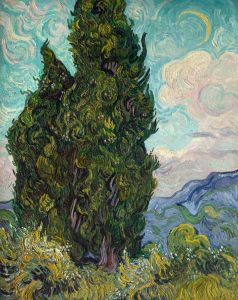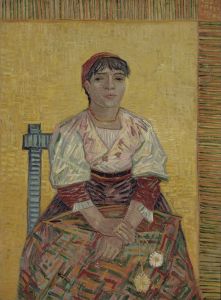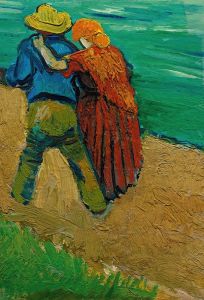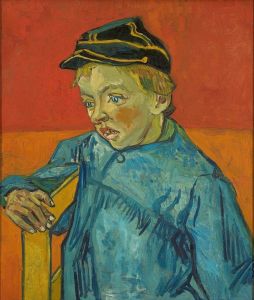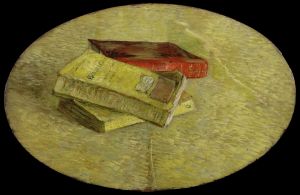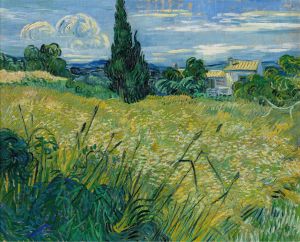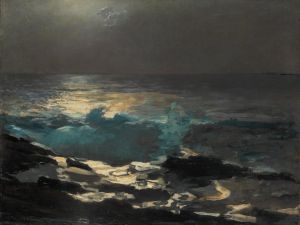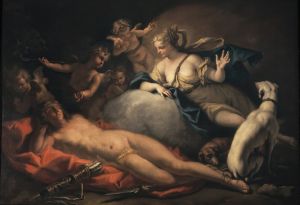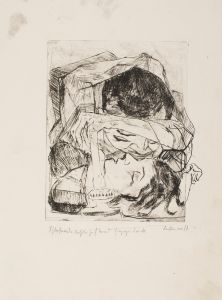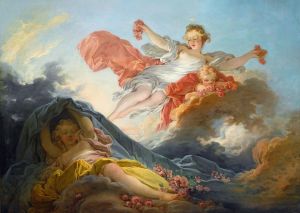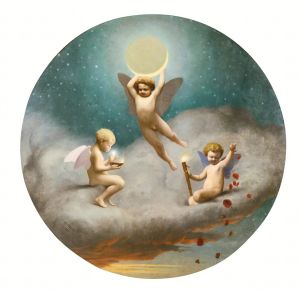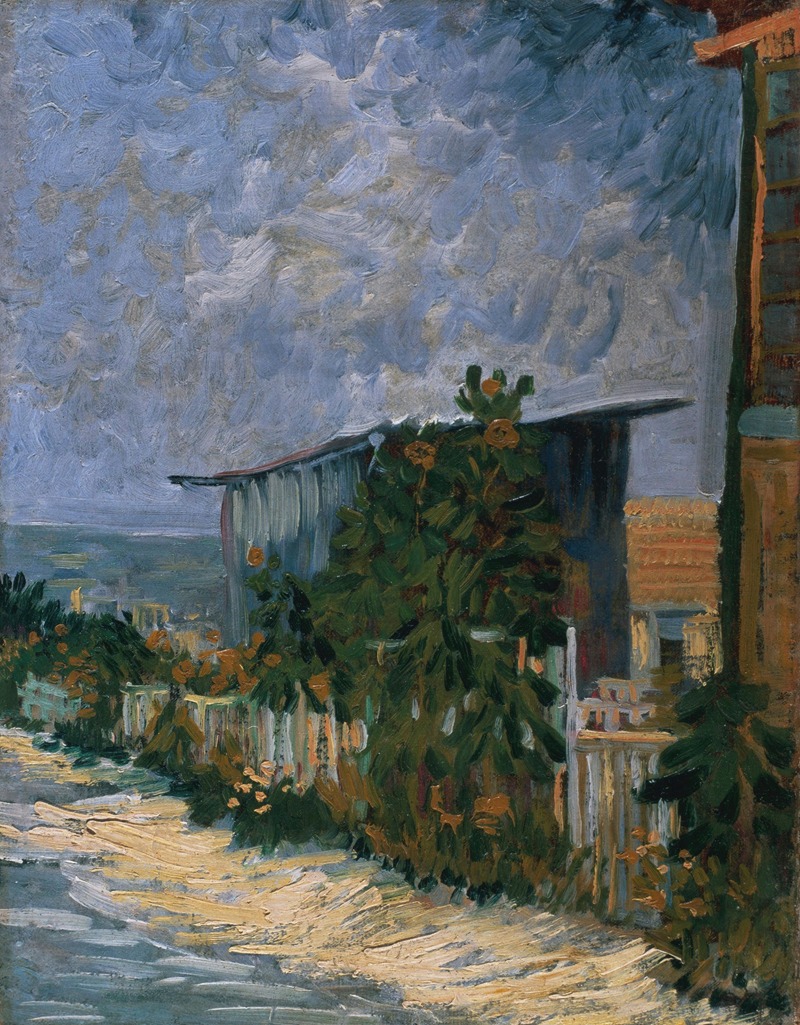
Shelter on Montmartre
A hand-painted replica of Vincent van Gogh’s masterpiece Shelter on Montmartre, meticulously crafted by professional artists to capture the true essence of the original. Each piece is created with museum-quality canvas and rare mineral pigments, carefully painted by experienced artists with delicate brushstrokes and rich, layered colors to perfectly recreate the texture of the original artwork. Unlike machine-printed reproductions, this hand-painted version brings the painting to life, infused with the artist’s emotions and skill in every stroke. Whether for personal collection or home decoration, it instantly elevates the artistic atmosphere of any space.
Vincent van Gogh, the renowned Dutch post-impressionist painter, created a vast array of artworks that have captivated audiences worldwide. Among his extensive oeuvre is the painting known as "Shelter on Montmartre." However, there is limited information available specifically about this painting, as it is not one of his most widely recognized works.
Van Gogh moved to Paris in 1886, where he lived with his brother Theo in the Montmartre district. This period was crucial in his artistic development, as he was exposed to the works of the Impressionists and other avant-garde artists. Montmartre, known for its bohemian atmosphere and vibrant art scene, provided Van Gogh with ample inspiration. It was during this time that he began experimenting with brighter colors and more dynamic brushwork, moving away from the darker palette of his earlier works.
While in Paris, Van Gogh painted numerous scenes of Montmartre, capturing its windmills, gardens, and bustling streets. These works reflect his transition towards a more colorful and expressive style. Although specific details about "Shelter on Montmartre" are scarce, it is likely that this painting, like many others from this period, depicts the unique character and landscape of the area.
Van Gogh's time in Montmartre was marked by significant artistic growth. He interacted with other artists such as Henri de Toulouse-Lautrec, Paul Signac, and Émile Bernard, which influenced his approach to painting. The exchange of ideas and exposure to new techniques during this period were instrumental in shaping his distinctive style.
The Montmartre paintings are characterized by their lively compositions and vibrant use of color. Van Gogh often depicted the windmills and gardens of the area, capturing the essence of Montmartre's rural charm amidst the urban environment of Paris. These works are notable for their energetic brushstrokes and the way they convey the atmosphere of the bustling district.
Despite the lack of specific information about "Shelter on Montmartre," it can be appreciated within the broader context of Van Gogh's Parisian period. This phase of his career was pivotal, as it laid the groundwork for his later masterpieces. The paintings from Montmartre demonstrate his evolving style and his ability to capture the spirit of a place through his unique artistic vision.
Van Gogh's legacy is defined by his profound impact on the art world, and his works continue to be celebrated for their emotional depth and innovative techniques. While "Shelter on Montmartre" may not be as well-documented as some of his other paintings, it remains a part of the rich tapestry of his artistic journey, reflecting the transformative period he experienced in Paris.








